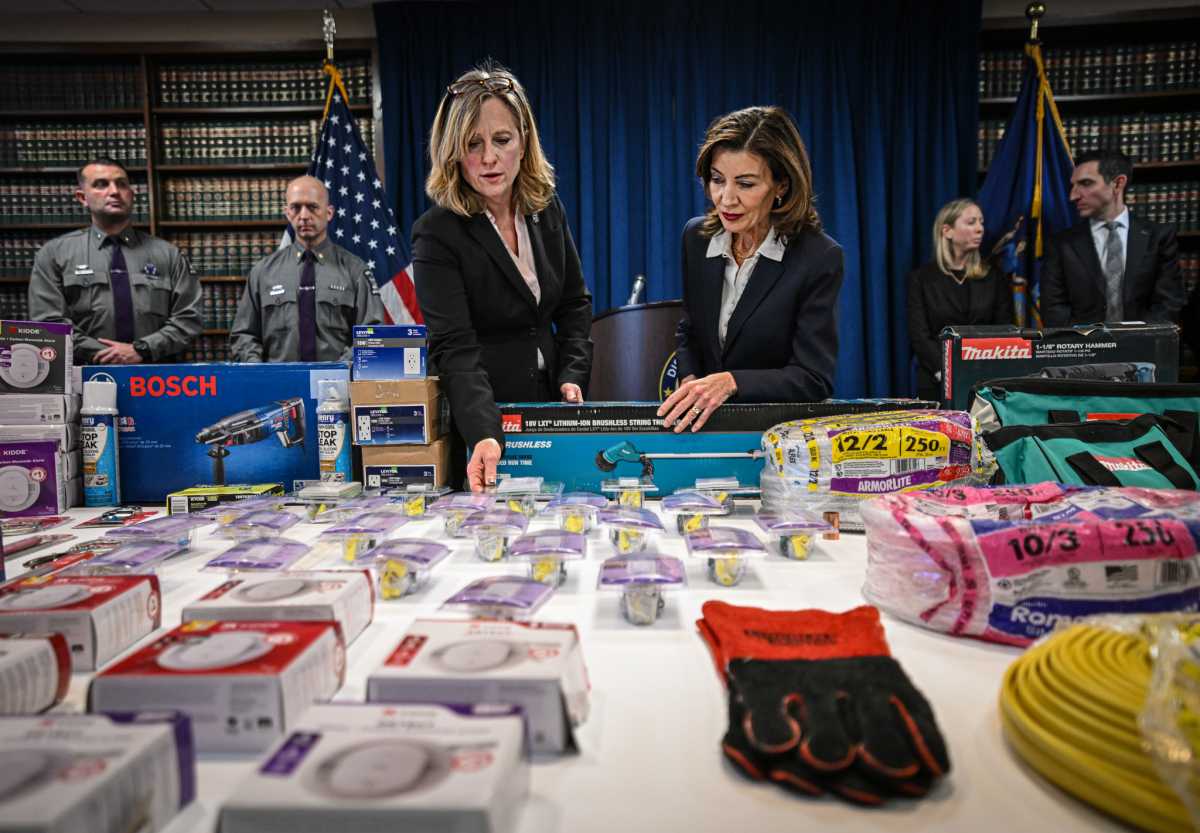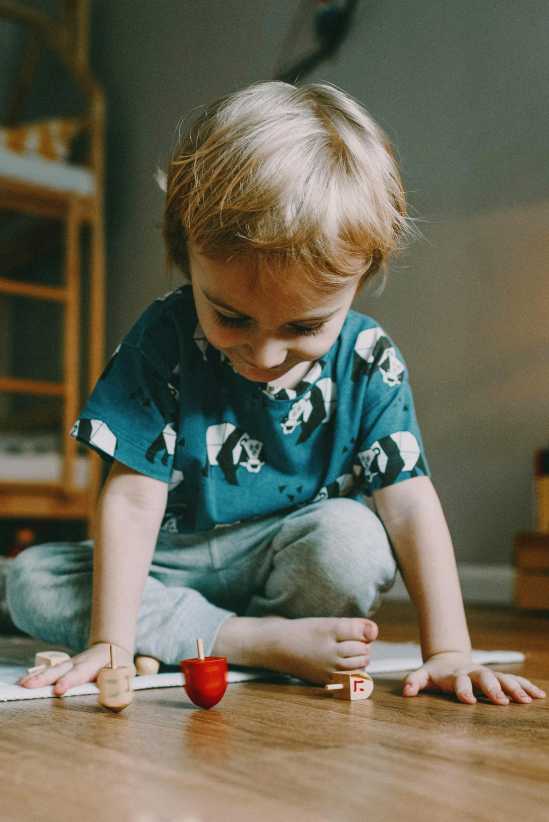By Harvey Goodman
The safe gardener, therefore, logically assumes a defensive position by banning all plants that have poisonous parts.Regrettably, there are so many potentially toxic plants that if you are determined to eliminate every potential hazard, you won't have much of a garden.For example, two species come to mind that have poisonous components throughout every part, nicotiana and oleander. Some of the more common plants, however, such as tomato and rhubarb, contain both edible and toxic components. For these plants, the tomato fruit is safe, as are the red rhubarb stems. But eating the leaves of these plants can cause nausea, convulsions, comas and in extreme cases, death.Similarly, some of my favorite fruits, most notably apricots, peaches and plums, are fine. But their seeds are highly toxic, and the bark and leaves of these delicious fruits can be dangerous as well.From a Darwinian perspective, this adaptation is remarkably clever. Species must reproduce and spread in order to survive. The enticement is the nutritious fruit É eaten by animals, the seed, however, most often passes though the system unscathed. Those animals foolish enough to attempt to open the seed cover have long learned their lesson – they are probably dead. But I divert from the passage of the seed.The seed is now deposited often a considerable distance from the parent plant. If it successfully germinates it will spread the species beyond the parent plant and not compete with the parent plant.Some other potentially toxic flora include daffodil bulbs, clematis leaves, the leaves and flowers of mountain laurel, rhododendron and azalea, English ivy berries and several hundred others.You will never be completely successful in keeping out all the poisonous plants É indeed, you probably should not, unless you wish to develop a garden of silk plants. Your best focus is on teaching young children not to put random pickings from the garden or anywhere into their mouths. In addition – and this applies to both young and old – wash your hands after gardening.Plant TipA concern expressed among several gardeners involves the possibility of cross contamination of plants that are edible when growing next to plants that contain some toxic substance.The short and quick answer is that the toxins formed by the vast majority of these plants stay within the plant and don't migrate in the soil. Even if the toxin did migrate, it would be highly improbable that the neighbor plant could absorb and utilize the substance.The biggest problem, if it is a problem, is the possibility that a part of a toxic plant may fall on or near an edible plant, and in the course of your gardening you come in contact with the substance. In these rare cases, you may develop what dermatologists refer to as “contact dermatitis,” a skin rash.Questions or concerns regarding gardening and plant care may be addressed by e-mail to Harvey.Goodman@att.net.




































